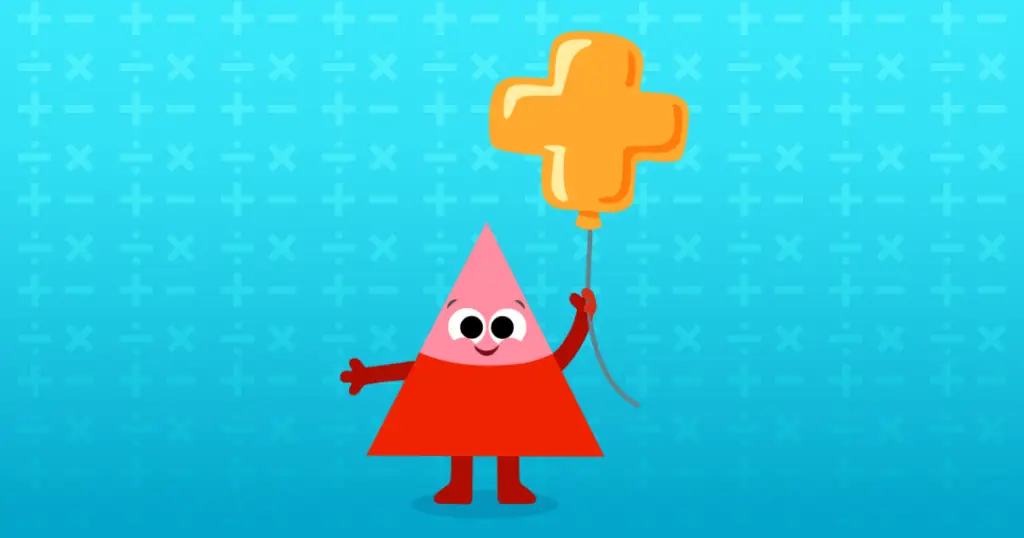
Naomi Church, M.S.
National Math Curriculum Specialist
In education today, few frameworks hold as much promise—and are as widely misunderstood—as MTSS, or Multi-Tiered System of Supports. While MTSS has been widely applied to reading, using it in math for K-5 students opens a world of opportunity to support every learner more effectively. A robust MTSS structure in math is the key to setting young learners up for lasting success.
Why Math Needs MTSS Too
Math doesn’t always get the same early focus as reading, yet a strong foundation in math is just as critical. In fact, a strong foundation in math can actually positively impact reading scores (Nelson et. al, 2020). Research shows that 25-35% of students struggle with basic math skills even in elementary school (Mazzocco, 2007). This number is believed to be drastically underreported as so often math is not considered until after reading. For these struggling students, traditional methods that treat everyone the same won’t cut it. A multi-tiered systemic approach, however, provides flexible, targeted help at three levels: universal (Tier 1), targeted (Tier 2), and intensive (Tier 3).
So, how does this look in practice? Consider My Math Academy® as an example. Using adaptive technology, My Math Academy tailors math instruction to each child’s skill level, keeping learners on the right track whether they’re breezing through or need additional support. The program’s real-time formative data collection allows for adjustments every few minutes, ensuring that students master skills at their own pace and providing the level of personalization that is essential for success.
Building a Strong Foundation at Tier 1
At the core of MTSS is Tier 1, which provides high-quality, universal instruction for all students. Here, teachers focus on standards-based instruction and standards-aligned programs that offer personalized feedback. My Math Academy’s continuous assessments, for example, identify exactly where a child needs reinforcement, helping teachers adjust instruction to meet diverse learning needs. In districts like Ector County ISD, this approach helped pre-K and kindergarten students more than double their math skills over just a few months, as shown in this research brief. Across the district, students using My Math Academy mastered 29 new math skills in an average of 11.4 hours—a significant gain for young learners building foundational skills.
Stepping Up Support at Tier 2
For students who need more targeted support, Tier 2 interventions provide small-group instruction focused on specific skill gaps. In this tier, data from adaptive programs like My Math Academy allows teachers to assign activities that directly address each student’s challenges. In one study, students using My Math Academy showed a 36% improvement in math proficiency compared to their peers, with real-time data enabling teachers to pinpoint exactly where students needed support.
Providing Intensive Help at Tier 3
When a student continues to struggle despite extra support, Tier 3 involves highly individualized, intensive interventions. This level might include one-on-one instruction, with insights from My Math Academy’s data-rich dashboards and lesson plans to highlight specific areas of difficulty. By continually monitoring each learner’s progress and adjusting their pathway every few minutes, the program provides an experience close to having a personal tutor, enabling intensive instruction when students need it most.
Real Impact in the Classroom
The benefits of MTSS in math aren’t just theoretical—they’re visible and impactful. For instance, students in Jefferson County who used My Math Academy ended the school year three months ahead of their peers in math proficiency, according to a study using Star Math assessments. Not only does MTSS give teachers the structure and tools to support each learner’s journey, but it also transforms students’ attitudes toward math. Students feel more confident and motivated when they have the right tools and support, and they can achieve success at their own pace.
The Path Forward
Integrating MTSS in math is about more than meeting standards; it’s about helping each child build confidence and competence in a subject that can be intimidating. With structured support and adaptive programs like My Math Academy, districts are discovering new ways to help students at all levels reach math mastery, making math learning more engaging and enjoyable.
By embracing MTSS for math, schools can ensure that every student has the support they need to thrive—not just in math, but across all aspects of their education.
Read the full white paper here and visit our homepage to learn more about our adaptive, personalized solutions.
